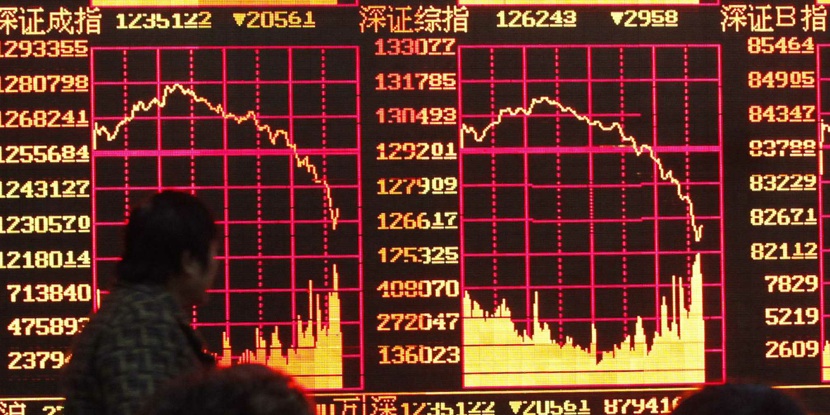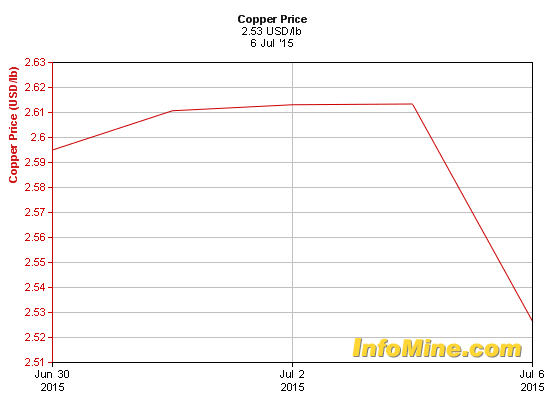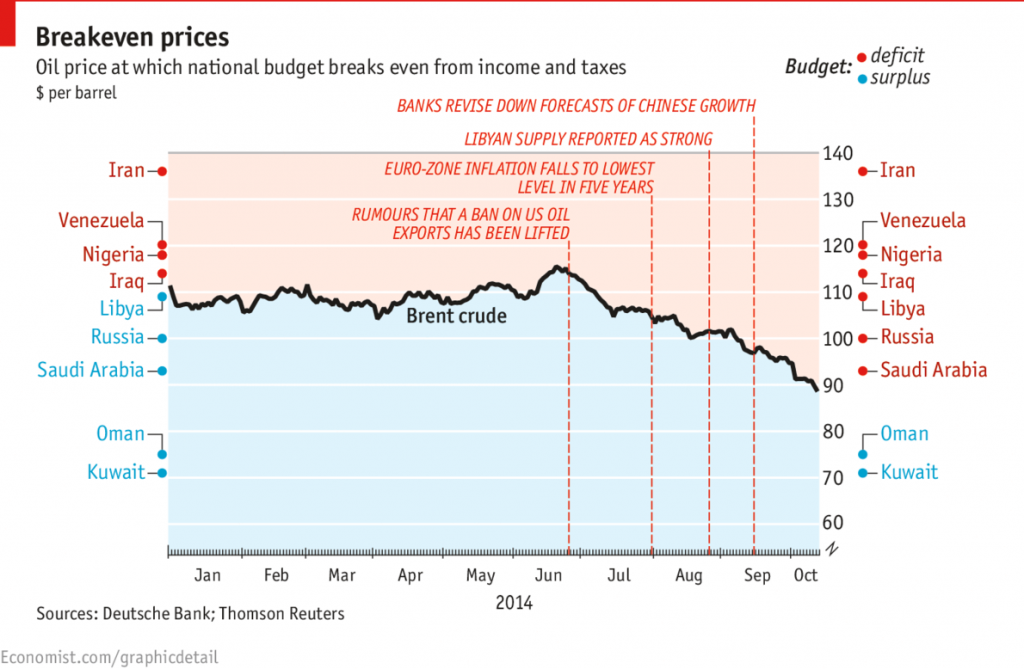To add to the woes caused by slumping oil prices, a knife has now been wedged into the sides of investors: A massive Chinese driven investment and securities rout that resurrects fears of global recession.
On June 12, 2015 the SCI (Shanghai Composite Index) reported record high numbers of 5166 points. This was short-lived. The stock market bubble popped and the SCI index value evaporated, with the Index closing at 3507 points on July 8. Nearly 2.7 trillion dollars of securities dissipated into thin air and the Chinese Central Bank moved in with measures to stem the rout.
Foreign investment only accounts for 1.5% of Chinese stock holdings and thus, we won’t be affected, right? However, China is today an economic behemoth and a key market catalyst. China’s steady yoy (year over year) growth has increased global investor confidence. The beacon of hope China shone amidst the Eurozone decline, and rising US debt levels, has dimmed.
Also bigger the economy, greater is the ripple effect. The current Chinese rout and economic slowdown is predicted to cause prices of commodities such as gold and copper to slump. Resource based nations such as Canada (already hit by low oil prices) could be severely affected by China’s chronic condition.
Bibliography
AFP. “As China Growth Flags, Analysts Weigh Alternative Indicators – The Economic Times.” The Economic Times. The Economic Times, 04 Oct. 2015. Web. 04 Oct. 2015
Bloomberg News. “Chinese Stocks Resume Rout on Economy, Capital Outflow Concerns.” Bloomberg Business., 19 Aug. 2015. Web. 04 Oct. 2015.
Bradsher, Keith, and Chris Buckley. “China’s Market Rout Is a Double Threat.” The New York Times. The New York Times, 05 July 2015. Web. 04 Oct. 2015.
Gough, Neil. “Slowdown Continues for China in Factories.” The New York Times. The New York Times, 30 Sept. 2015. Web. 04 Oct. 2015.
Riley, Charles, and Sophia Yan. “China’s Stock Market Crash … in 2 Minutes.” CNNMoney. Cable News Network, 27 Aug. 2015. Web. 04 Oct. 2015.
“What’s Ahead for China’s Economy?” Bloomberg.com. Bloomberg, 01 Oct. 2015. Web. 04 Oct. 2015.
Images
Copper Price. Digital image. Info Mine, n.d. Web. 04 Oct. 2015.
Kwn-fleckenstein-762015. Digital image. King World News, n.d. Web. 04 Oct. 2015.
Running Scared. Digital image. Thomson Reuters, n.d. Web. 04 Oct. 2015.







